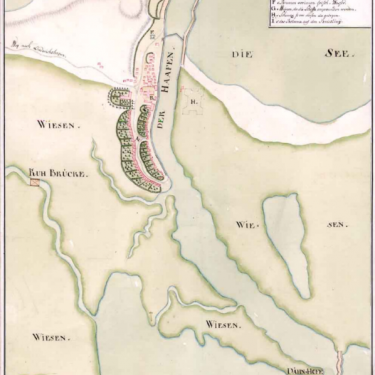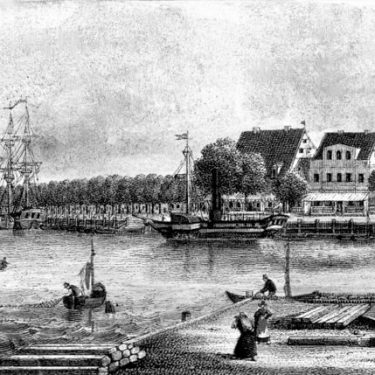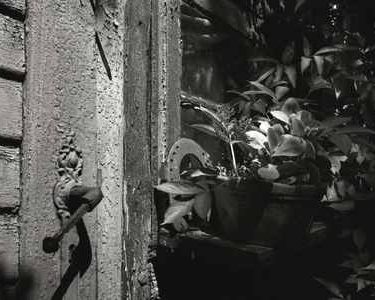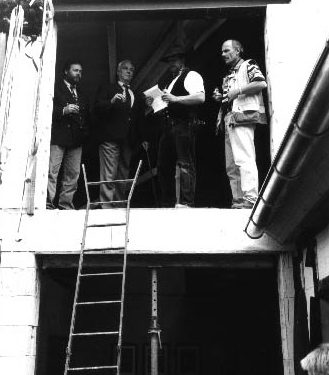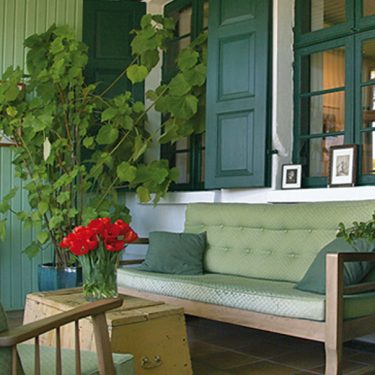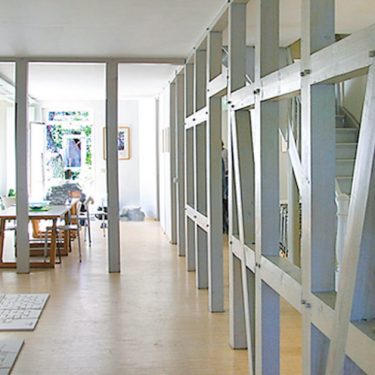The Edvard Munch House is one of the few remaining Warnemünde fishermen's houses. Its history can be traced back to the 17th century. The street Am Strom appears in the annals of the fishing village of Warnemünde as early as 1623.
Building land is scarce due to the extensive dunes behind the beach, so the floor plans of the houses are often only seven or eight metres wide, but unusually deep. A long corridor, the deel, leads to the rooms behind one another: the vestibule (vörstuw), kitchen (kök) and back room (achternstuw). The front house is adjoined by the old people's partition and later often by a back house. The narrow courtyard is used as a garden and often also as a stable.
Around 1906, the pilot Carl Nielsen became the owner of the house at Am Strom 53. The boatman Albert Nielsen and the widow Catharina Holtz lived with him in the modest home, which Edvard Munch also moved into in 1907/08.
In 1918, the fisherman Albert Harms bought the house and lived there with his wife and daughter Liselotte until the end of his life. Daughter Liselotte, married Zander, also remained loyal to the house throughout her life. She died here in 1990 at the age of 79.
Nach Liselotte Zanders Tod wird das schlichte Fischerhaus Am Strom 53 unter Denkmalschutz gestellt und 1994 vom Edvard-Munch-Haus e. V. Warnemünde erworben, der es denkmalgerecht saniert. Seit 1998 dient das Haus dem Austausch und Aufenthalt norwegischer und deutscher Künstlerinnen und Künstler.
